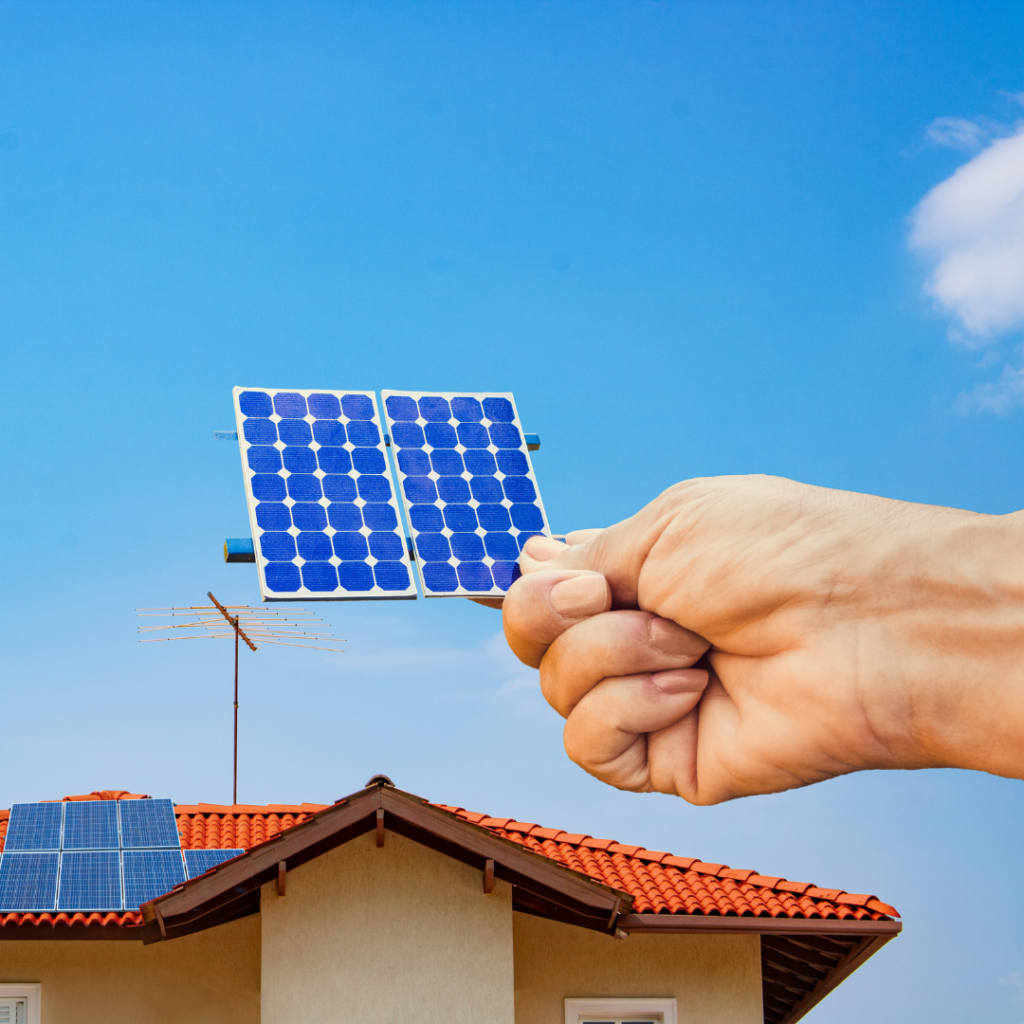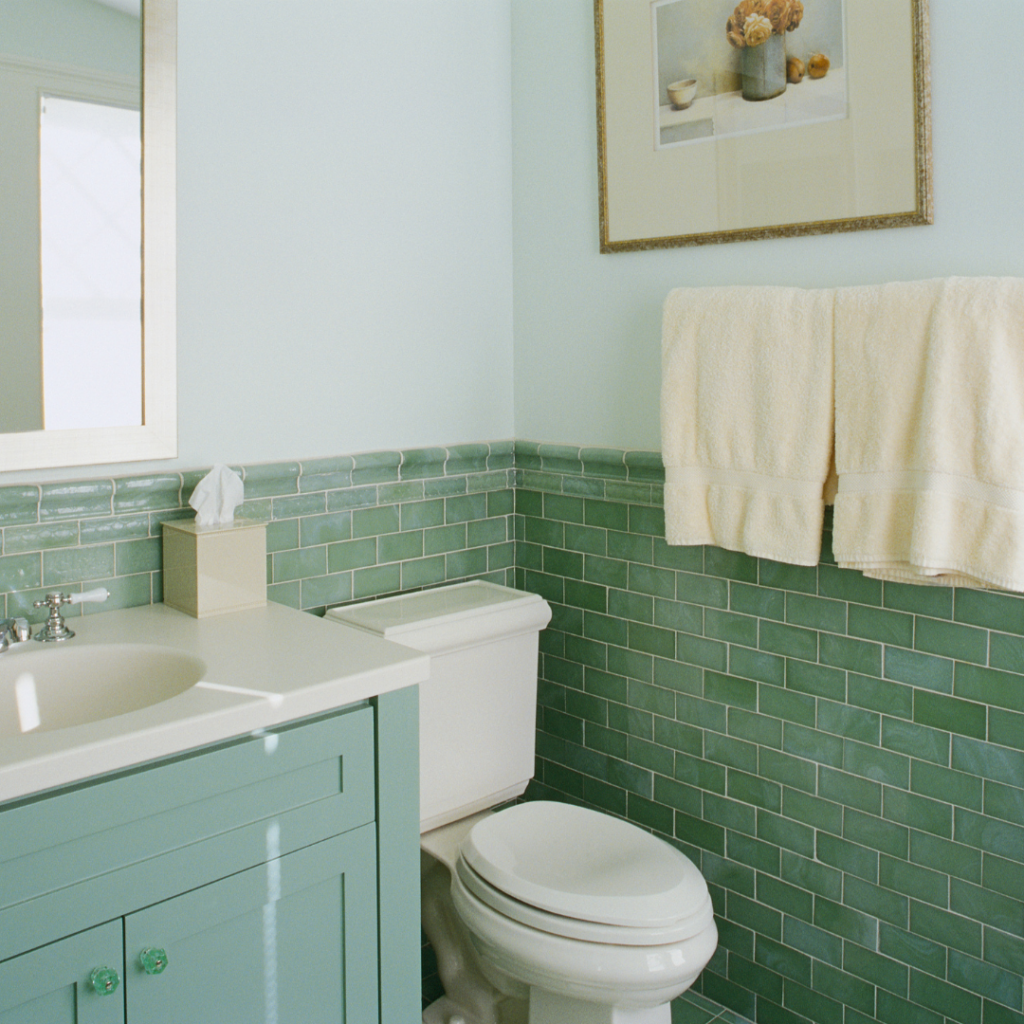Installing solar panels is an exciting step toward reducing your energy bills and making your home more sustainable. But what happens during the installation process? Knowing what to expect can help you prepare and feel confident about your investment. With the right installer, the process is smooth, safe, and often quicker than you might think.

1. Site Assessment and Final Design
Before installation begins, a solar technician will visit your property to assess your roof, sun exposure, and electrical setup. They’ll take measurements, check your roof’s condition, and ensure your system is designed for maximum efficiency. This visit helps finalize the system layout and confirm panel placement. If your roof needs repairs or upgrades, your installer may recommend addressing them before proceeding. The technician may also inspect your main electrical panel to ensure it can handle the added load from solar power.
2. Permits and Scheduling
Once your design is approved, your installer will handle the necessary permits and schedule your installation day. This process often involves working with your city or county and your utility provider. You won’t need to do anything; your contractor takes care of the paperwork. Depending on your location, permitting and utility approval may take one to four weeks. Your installer will keep you informed throughout and confirm the exact installation date once everything is in place.

3. Solar Panel Installation (1–3 Days)
On installation day, a licensed team will mount the panels, wire the system, and connect it to your electrical panel. Most residential installations are completed in one to three days. The crew may need access to your attic or garage for electrical work. You might hear drilling and movement on the roof, but experienced installers work quickly and safely. At the end of the installation, your installer will clean up the worksite and provide a brief walkthrough of the system.
4. Inspection and Activation
After installation, your local building authority and utility provider will perform inspections. Once approved, your system is activated and begins generating power. Your installer will help you connect to monitoring software, allowing you to track performance in real-time. Inspections typically take a few days to schedule, and activation follows shortly after. Once online, your solar system begins lowering your electricity bills and reducing your home’s carbon footprint.
How Much Can New Windows Save on Energy Bills?
When homeowners consider improving energy efficiency, windows are often overlooked in favor of larger upgrades, such as…
What to Expect During a Roof Replacement
Replacing your roof may feel like a daunting project, but with the right expectations, the process becomes…
Bathroom Remodeling on a Budget: Where to Save and Where to Spend
Remodeling a bathroom is one of the best ways to update your home’s style, comfort, and resale…



